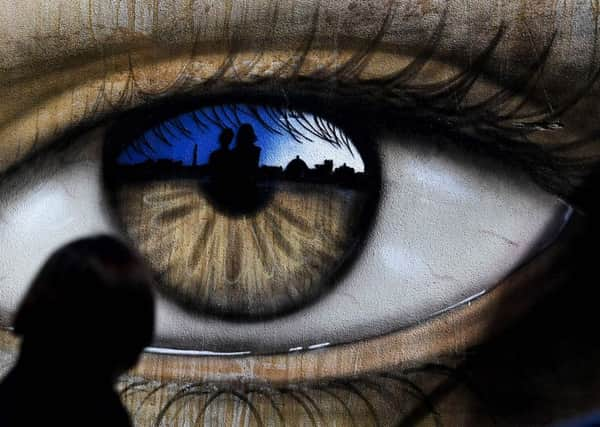Tracking eye movements key to someone lying, says Scots study


Researchers at the University of Stirling employed similar techniques to those used by police in Japan by following the “patterns of recognition” displayed by test subjects while they were shown images of a familiar face.
The ‘ConFace project’ found those who were lying were unable to conceal their reaction after a photo of someone they knew was displayed on a computer screen.
Advertisement
Hide AdAdvertisement
Hide AdThe team used a process called the Concealed Information Test (CIT) to record subtle eye movements in those fibbing about the images they were seeing.
Officers in Japan have previously used the technology during the questioning of alleged criminals and it is hoped this study can help the practice become more widely accepted here.
Dr Ailsa Millen, research fellow in psychology who led the study, said: “Police officers routinely use photographs of faces to establish key identities in crimes.”
“Some witnesses are honest – but many are hostile and intentionally conceal knowledge of known identities.
“For example, criminal networks, such as terror groups, might deny knowledge to protect one another, or a victim might be too afraid to identify their attacker.”
In each round of testing, participants denied any knowledge of one familiar face and correctly rejected unknown subjects by pressing a button and saying “no”.
However, researchers found that most people could not hide their reaction if they recognised a face.
And the more people tried to cover up their knowledge, they produced more “markers of recognition,” allowing scientists to identify that they were not telling the truth.
Advertisement
Hide AdAdvertisement
Hide AdThe team in Stirling – who collaborated with colleagues in Japan, including CIT expert Professor Shinji Hira at Fukuyama University – said this was down to skittish eye movements, however facial recognition markers were also deemed to be important.
While police in Japan regularly use CIT, it is often regarded as probative evidence in court.
In the UK, trials of facial recognition software have proved controversial after campaigners raised serious concerns over privacy, as well as racial and gender bias.
Former home secretary Sajid Javid gave his backing to the surveillance protocol in July.
Dr Millen added: “Instead of looking for signs of lying directly, we looked for markers of recognition in patterns of eye fixations – such as how individuals looked at a photograph of someone they recognised, compared to someone they did not.”
“The harder that individuals tried to conceal knowledge, the more markers of recognition there were. These results suggest that it is difficult to conceal multiple markers of recognition at the same time.
She continued: “The main aim was to determine if liars could conceal recognition by following instructions to look at every familiar and unfamiliar face with the same sequence of eye fixations – in short, they could not.”